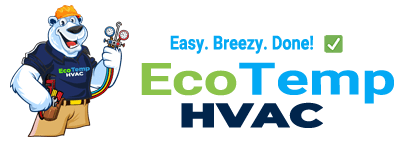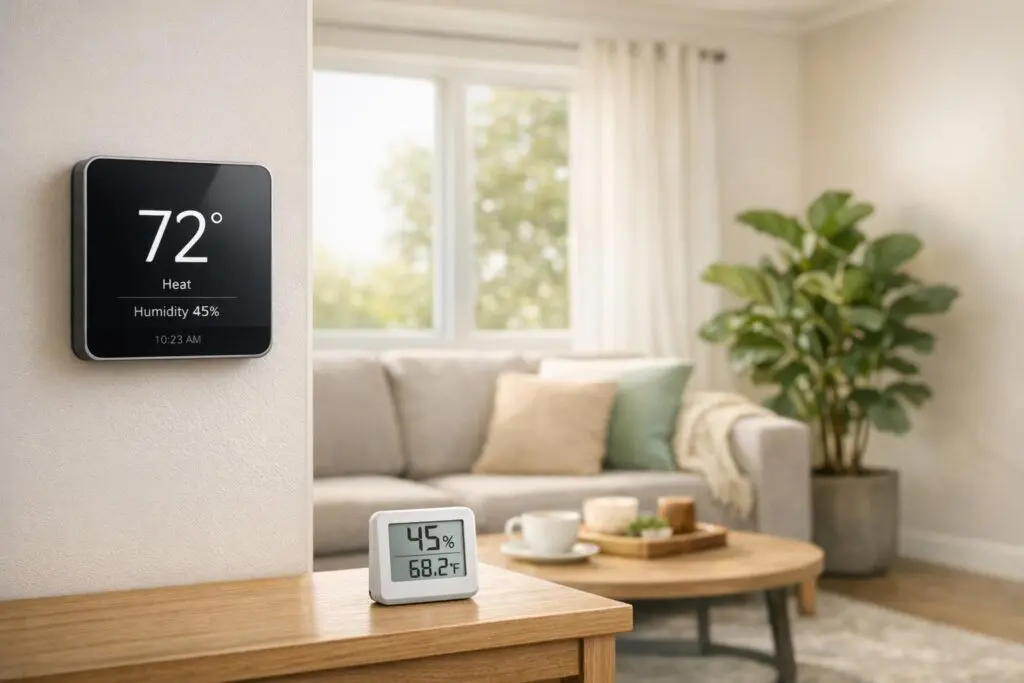Your furnace plays a crucial role in keeping your home warm and comfortable during the colder months. To ensure it runs efficiently and reliably, regular maintenance is key. By following these furnace maintenance tips, you can extend the lifespan of your system, prevent costly breakdowns, and maintain optimal performance all season long. In this guide, we’ll walk you through the essential furnace maintenance steps to help keep your heating system in top shape.
Why Furnace Maintenance Is Important
Routine furnace maintenance is essential for several reasons. First and foremost, it helps your system run more efficiently, reducing energy consumption and lowering your heating bills. Regular upkeep also prevents unexpected breakdowns, which can leave you without heat during the coldest parts of the year. Additionally, proper maintenance extends the life of your furnace, saving you from having to replace it prematurely.
Following these furnace maintenance tips can help ensure your system operates smoothly and efficiently throughout the winter months.
Essential Furnace Maintenance Tips
1. Change Your Air Filter Regularly
One of the simplest yet most important furnace maintenance tasks is changing the air filter. A dirty or clogged filter restricts airflow, forcing your furnace to work harder to heat your home. This not only reduces efficiency but also puts unnecessary strain on the system, leading to potential breakdowns. Check your furnace filter every 1-3 months and replace it as needed.
2. Schedule Annual Professional Inspections
While there are many maintenance tasks you can perform yourself, it’s essential to schedule a professional furnace inspection at least once a year. A qualified HVAC technician will thoroughly inspect and clean your system, ensuring that it’s operating safely and efficiently. Annual inspections can catch minor issues before they become major, expensive problems.
3. Clean Around the Furnace
Keeping the area around your furnace clean and free of clutter is another simple yet effective maintenance tip. Dust, debris, and objects near your furnace can reduce airflow and create potential fire hazards. Regularly vacuum the surrounding area and ensure there are at least three feet of clearance around the furnace.
4. Test Your Thermostat
Your thermostat plays a vital role in controlling your furnace’s operation. If it’s not working correctly, it can lead to inefficient heating and higher energy bills. Test your thermostat by setting the temperature higher than the current room temperature and ensure your furnace responds. If your thermostat is old or malfunctioning, consider upgrading to a programmable or smart thermostat to improve efficiency.
5. Inspect the Vents and Ductwork
Blocked or dirty vents and ductwork can restrict airflow and reduce the efficiency of your furnace. Walk through your home and check that all air vents are open and unobstructed. Additionally, inspect your ductwork for signs of leaks or damage. Sealing any gaps or holes can improve your system’s efficiency and help distribute heat evenly throughout your home.
6. Listen for Unusual Noises
While some noise is normal when your furnace is running, loud or unusual sounds such as banging, rattling, or squealing can indicate a problem. Pay attention to any new or abnormal sounds coming from your furnace and contact a professional if you hear anything concerning. Catching these issues early can prevent more significant problems down the road.
7. Check the Furnace Flame
Your furnace’s burner flame should be a steady blue color. A yellow or flickering flame could indicate an issue with combustion or a carbon monoxide leak. If you notice any changes in the flame’s color, turn off your furnace immediately and contact a professional HVAC technician to inspect the system.
Additional Tips for Efficient Furnace Performance
1. Use Ceiling Fans
Using ceiling fans to help distribute warm air can reduce the workload on your furnace. During the winter months, set your ceiling fans to run clockwise at a low speed. This will push warm air down from the ceiling, helping to maintain an even temperature throughout your home.
2. Seal Drafts and Insulate
Prevent drafts and heat loss by sealing gaps around doors, windows, and other openings. Adding insulation to your attic and walls can also improve your home’s energy efficiency, reducing the demand on your furnace to maintain a comfortable temperature.
When to Call a Professional for Furnace Maintenance
While many furnace maintenance tasks can be handled by homeowners, some issues require the expertise of a professional. If you notice any of the following signs, it’s time to call a professional HVAC technician:
- Unusual noises such as banging, rattling, or squealing
- Inconsistent or uneven heating throughout your home
- A yellow or flickering burner flame
- Frequent cycling on and off
- Sudden spikes in your energy bills
At Eco Temp HVAC, our experienced technicians are ready to assist with all your furnace maintenance needs. From annual inspections to emergency repairs, we’ll ensure your heating system is operating efficiently and safely throughout the winter months.
Contact Us for Expert Furnace Maintenance
Ready to keep your furnace in top condition? Contact Eco Temp HVAC today for professional furnace maintenance services. We offer comprehensive inspections, cleaning, and repairs to ensure your furnace operates at peak performance all winter long. Contact us online or call us at (224) 253-8131 to schedule your furnace maintenance appointment today!












